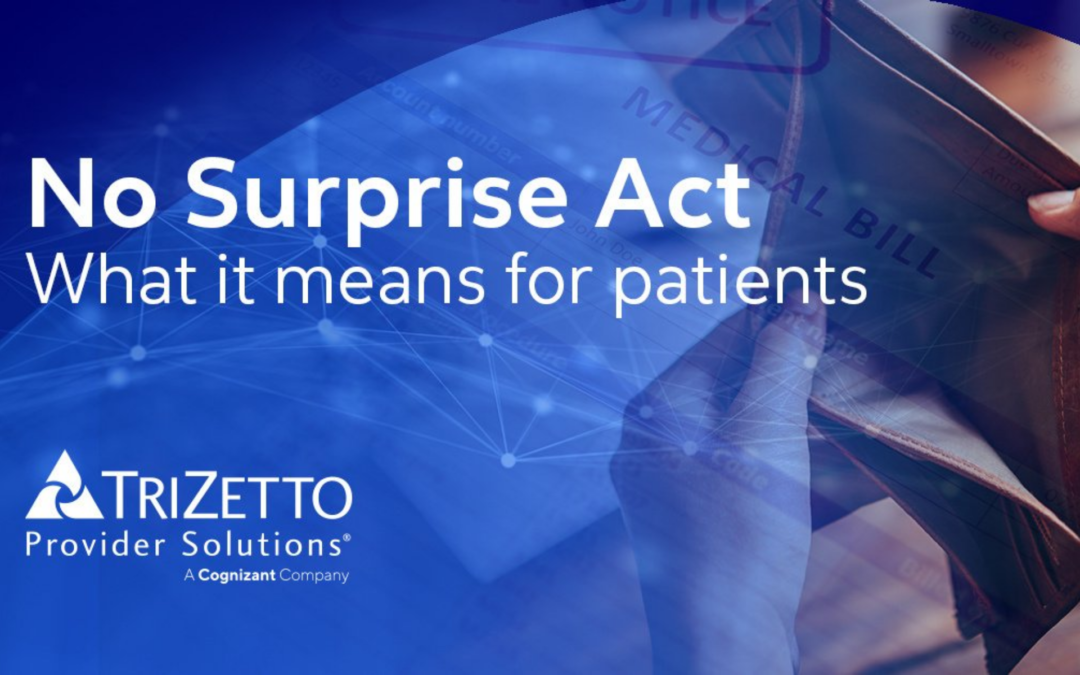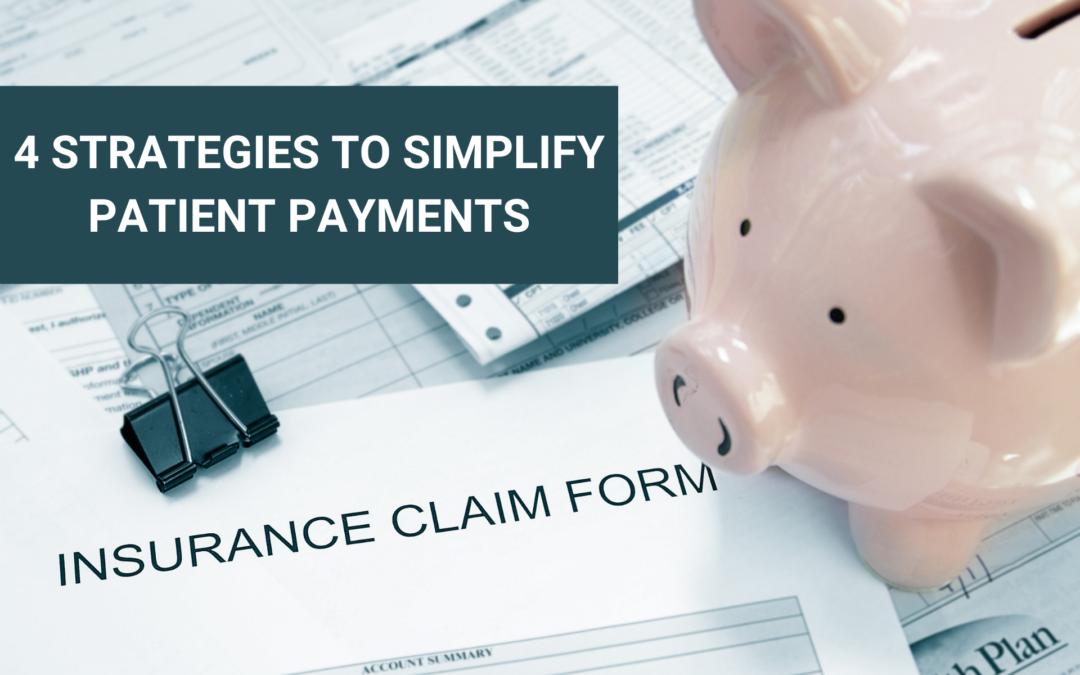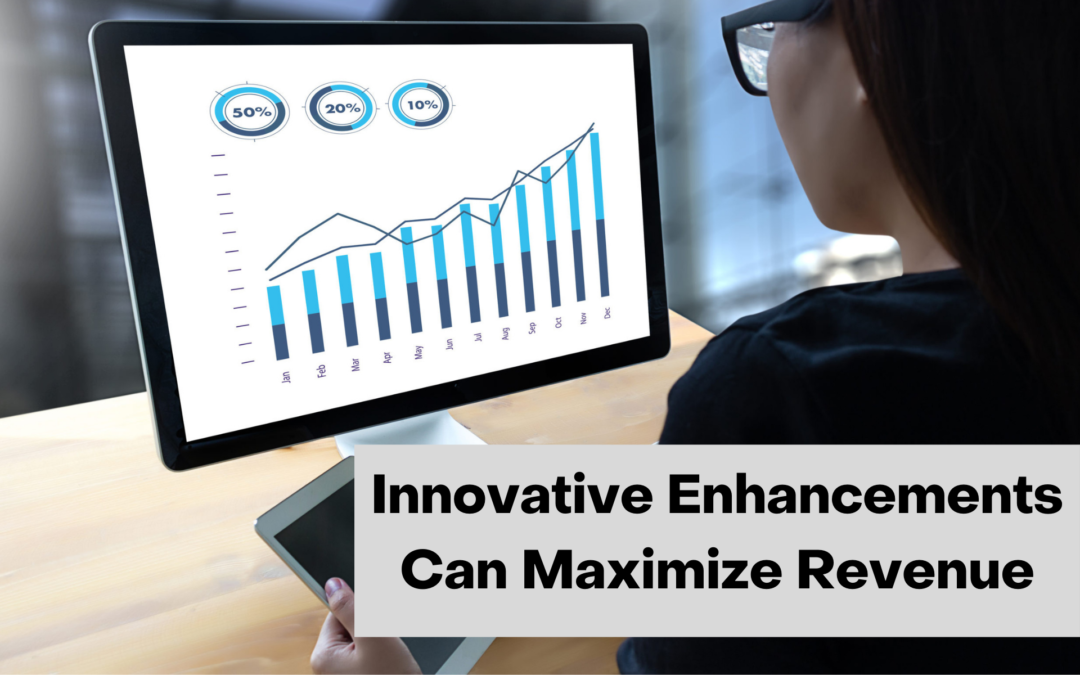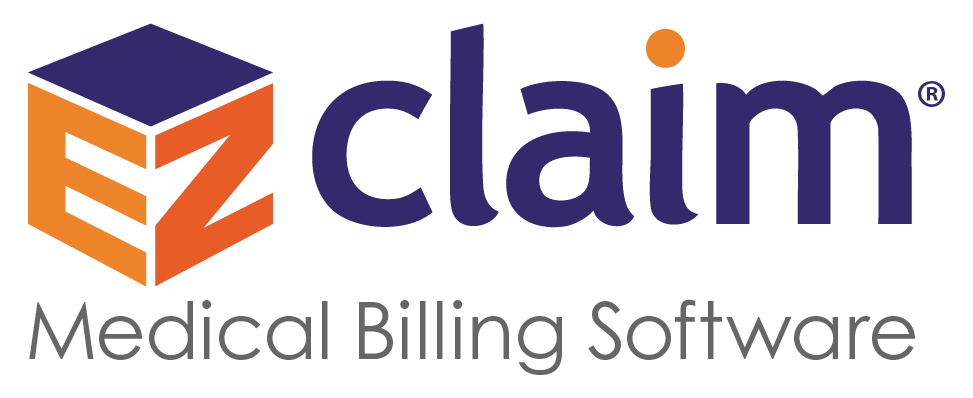
Nov 11, 2021 | Health eFilings, Partner
MIPS Strategic Guide – How to Choose the Right Reporting Partner
Given the way the MIPS program has evolved, all healthcare practices regardless of size or specialty must evolve their approach to MIPS reporting to assure their success with the program. However, most clinicians do not understand or don’t have awareness of, the different reporting methods available to them and the impact the reporting method can have on their success with MIPS. With what is at stake financially, it is critical that you understand and select the right methodology and partner to maximize your MIPS points and protect your bottom line.
Many clinicians erroneously think that a registry is the only reporting option available to them or that they are required to use a registry. Or, they think that their EHR handles reporting for them. These misperceptions and general lack of awareness of the other reporting methodology will be detrimental to your ability to be successful with MIPS. And, given that 50% of all clinicians will be penalized annually by next year, the legacy reporting methods (registry or EHR) will not be able to fulfill enough of the reporting criteria to earn the minimum MIPS points needed to avoid the 9% reduction in Medicare reimbursements.
To help you determine if you are choosing the right reporting method and partner, we’ve identified the five most important factors to consider in order to increase your probability of avoiding the 9% penalty.
- Reporting Classification – is the reporting partner a CEHRT?
- Service Approach — Does the reporting partner use ONC certified software to do all the work with no IT resources, administrative support, or workflow changes?
- Quality Measures — Is the reporting partner certified by CMS to calculate all eCQMs, which earn significantly more points than registry measures?
- Benchmarking — Are proprietary algorithms used to assess the 9 million possible combinations of Quality measures to maximize earning MIPS points?
- Submission Method — Does the reporting partner submit a comprehensive electronic file directly to CMS to comply with reporting for all MIPS categories?
If you answer “no” to any of these questions, then the reporting partner you are working with will not be able to maximize the MIPS points you can earn. Given every MIPS point matters, because MIPS points determine your reimbursements and impact your bottom line, it’s time to consider a new strategy with a new reporting partner.
Health eFilings, a CEHRT, is the national leader in automated MIPS reporting. They utilize ONC-certified software to handle 100% of the tracking and reporting of the required data to CMS. And because their service is classified as an end-to-end electronic solution, you’ll also earn additional bonus points toward your MIPS score even though they are doing all the work. Health eFilings as your partner is the more effective and efficient reporting method so you will earn more points and, ultimately, receive higher reimbursements.
Learn more about how Health eFilings can help your practice here: https://healthefilings.com/ezclaim. Contact Sarah Reiter, sreiter@healthefilings.com, or 608.841.1866 to find out how to maximize your Medicare reimbursements and protect your bottom line.
About Health eFilings:
Health eFilings, a CEHRT, is the national leader in automated MIPS compliance and quality data analytics. Its services drive improved patient outcomes, optimized quality measures, and stronger financial results for healthcare practices. Their proprietary cloud-based ONC certified software is significantly more efficient and effective than any registry as it does all the work to extract, calculate, benchmark, format, and electronically submit MIPS data to CMS so clients avoid significant penalties and earn maximum reimbursements. And, you can have peace of mind knowing you are working with the best partner because CMS has accepted 100% of Health eFilings’ submissions. Learn more here: https://healthefilings.com/ezclaim
ABOUT EZCLAIM:
As a medical billing expert, EZClaim can help the medical practice improve its revenues since it is a medical billing and scheduling software company. EZClaim provides a best-in-class product, with correspondingly exceptional service and support. Combined, EZClaim helps improve medical billing revenues. To learn more, visit EZClaim’s website, email them, or call them today at 877.650.0904.

Oct 28, 2021 | EZClaim, Medical Billing Software Blog
If you’re thinking of investing in medical billing software, there’s no better person to give you the answers you need than Chelsea Graven, a revenue cycle director for Alert Medical Alarms. With over ten years in the medical billing industry, she’s been in numerous roles including billing and claims submissions. A longtime customer and champion of EZClaim since 2013, Chelsea has referred the software to many other partners because she knows firsthand not only how simple it is to use, but how effective the software is.
Recently, we found time to interview Chelsea about her start in the industry, why she continues to recommend EZClaim, and her advice on anyone starting out in medical billing.
EZCLAIM: Working with EZClaim’s medical billing software platform, what role does their software impact your work?
GRAVEN: “The company I currently work for was originally either submitting paper claims or billing through portals. EZClaim has allowed us to transition to electronic billing and it cuts the amount of time we spend in provider portals or filling out those forms. I would say seventy-five percent of the workload has been cut using EZClaim. Previously, it took one person three weeks to bill 6,000 claims. Now, we are billing 7,000 claims in a matter of minutes just by submitting and using the features within EZClaim, such as the recurring claim option.”
EZCLAIM: If you were going to share something with your colleagues about EZClaim, what would it be?
GRAVEN: “How spot on the name ‘EZClaim’ is. It’s exactly what it’s called, EASY. Other software programs do not accommodate the simple recurring billing that we need. EZClaim is the only software I have used that does that and makes it easy. Of all the billing software platforms I have used, EZClaim is the simplest to use and the most user-friendly.”
EZCLAIM: What would you say are some strengths needed to be an effective medical biller?
GRAVEN: “Analyzing, troubleshooting, and resolving. There is a lot of that involved. You must be able to troubleshoot and independently find resolutions in order to be effective at billing. I think EzClaim has customized reporting capabilities that allow the companies to better follow current trends that they are seeing in claims, denials, and payments. Tracking the trends is what will lead to the troubleshooting, analyzing, and resolving of any issues, having customizable reporting makes all the difference to successful billers. You can’t fix something if you don’t know it’s wrong, EzClaim reporting brings all of that to the biller, so you don’t have to go looking for problems/solutions on top of your daily billing processes.”
EZCLAIM: Do you have any advice for anyone who is starting out in the medical billing industry?
GRAVEN: “EZClaim is my go-to for anyone who is doing medical billing and is wanting to learn and get into the industry because it is the simplest software to use. EZClaim makes it easy to grasp the electronic billing end-to-end process without feeling overwhelmed by the complexity of the software. I would say for anyone starting out the first thing I would do is find an electronic billing solution and a clearinghouse.”
EZCLAIM: Why did you get into the medical billing industry?
GRAVEN: “I actually fell into this industry by default. I was working on private pay collections for a company and at the time the state of Illinois in 2010 transitioned to manage care programs, and no one was really prepared for that. I was then asked to take on the role of billing manager. It grew so large that doing HCFA 1500 forms was not efficient, so I started looking for electronic billing solutions. What I enjoy most about the billing industry is closing the claims entirely. Getting that amount to zero dollars. Most people wouldn’t say it’s the money coming in, but for me, it’s the gratification for the end-to-end process of the revenue cycle. It’s all about getting the receivables closed.”
EZCLAIM: Final thoughts?
GRAVEN: “With EZClaim, the value is beyond just the software. Yes, it’s easy to work with, but the IT team and all the people involved make the experience favorable.”
[ The above answers were paraphrased as closely as possible to the original answers given by Chelsea Graven on October 22nd, 2021. ]
ABOUT EZCLAIM:
As a medical billing expert, EZClaim can help the medical practice improve its revenues since it is a medical billing and scheduling software company. EZClaim provides a best-in-class product, with correspondingly exceptional service and support. Combined, EZClaim helps improve medical billing revenues. To learn more, visit EZClaim’s website, email them, or call them today at 877.650.0904.

Oct 14, 2021 | Partner, TriZetto Provider Solutions
New No Surprise Act Tackles Unexpected Medical Bills
Two-thirds of bankruptcies filed in the United States are a result of medical expenses. It’s an alarming statistic, but probably not surprising. It’s no secret that many people have trouble paying out-of-pocket medical costs, so much so that a recent survey from The Commonwealth Fund found that 72 million Americans have some sort of trouble with medical debt.
It’s a common problem, but why? Let’s say a person visits a hospital, perhaps an emergency room, and receives a myriad of services. Maybe they arrived via ambulance or required treatment from an anesthesiologist. Although they may inquire about an estimate at the time of service or have an idea of their coverage, the exact financial responsibility is often a mystery. But what’s a person to do? They need medical assistance, and they need it at that moment. Then a surprise arrives in the mail in the form of an outrageously high medical bill. It’s something many of us have likely experienced.
What’s the cause of such an expense? Often the charge stems from using an out-of-network provider. Basically, this means that the hospital may have been in-network, but the physicians were not. Additionally, patients are often confused about medical coverage. Even with a good understanding of their benefits, situations may arise that are out of their control, and there may be unintended outcomes. Patients may (falsely) believe that all services rendered will be considered in-network when they go to an in-network facility. However, this isn’t always the case. In some instances, even though their physician is in-network, patients referred to specialists (such as a pathologist or radiologist) may discover the ancillary services were out of network. It is only after the patient receives a bill that they discover the issue. In the case of an emergency visit, patients don’t have the luxury of researching for in-network hospitals and typically go to the nearest hospitals. Patients may also be taken to out-of-network hospitals by ambulance. Researchers estimate that 1 in 6 emergency room visits and inpatient stays involve care from at least one out-of-network provider. The cost of out-of-network visits can have devastating financial consequences for the patient.
A 2019 study by the Government Accountability Office (GAO) found that the cost for air ambulance services clocked in at approximately $40,000. A large portion of this cost (over 70 percent) often fell out-of-network, meaning that the balance usually was placed on the consumer. When such a service is needed, it’s understandable to not have the option to “shop around” for a cheaper, in-network alternative.
Thankfully, help is on the way. Leaders and policymakers at the federal level have taken steps to tackle the issue. On July 1, 2021, the Biden Administration announced a new rule aimed at protecting consumers from surprise medical bills. In conjunction with the Department of Health and Human Services (HHS), together with the Departments of Labor and Treasury and the Office of Personnel Management, debuted “Requirements Related to Surprise Billing; Part I.”
This announcement, the first in a series, will go into effect on January 1, 2022, and protect patients from those all-too-common surprise medical bills. It’s an important step forward in protecting patients.
“No patient should forgo care for fear of surprise billing,” stated HHS Secretary Xavier Becerra. “With this rule, Americans will get the assurance of no surprises.”
Let’s dive into the new regulation. Among other provisions, the rule:
-
- Protects patients from surprise billing in emergency services. These provisions will safeguard patients in emergency care situations from unknowingly accepting out-of-network care and incurring unexpected expenses.
- Limits out-of-network cost-sharing. Patient cost-sharing for emergency and non-emergency services, such as a deductible, cannot be higher than if provided by an in-network provider. Simply put, co-insurance or deductibles must be based on in-network rates.
- Bans out-of-network charges for ancillary care. Previously, out-of-network providers like anesthesiologists could have been assigned, even though the facility or physician was in-network.
- Requires that providers and facilities provide patients with accurate cost information and advance notice of any out-of-network charges for non-emergency services. A consumer notice must explain that patient consent is required to receive care on an out-of-network basis before that provider can bill at the higher out-of-network rate.
- Allows providers and insurers access to a dispute resolution process should reimbursement issues arise around reimbursement.
With the increase in high deductible health plans and increased out-of-pocket costs, finances are top of mind. From the consumer’s standpoint, gaining healthcare services will be less stressful. On the simplest level, this ruling will hopefully eliminate those hefty surprise bills, which can only be seen as a positive. Moving forward, patients can rest assured that they will be more aware of expenses and will avoid out-of-network charges for emergency care.
So can consumers finally say goodbye to surprise medical bills? Hopefully, they become a thing of the past. And how will this bill affect the future of the industry? Advocates are hoping these regulations and newfound transparency will eventually lower costs, for one. More importantly, it shines a light on the need to improve the overall patient experience. It’s a step in the right direction and has the potential to improve healthcare policies going forward for years to come.
For more information on solutions that equip you to have informed conversations about financial responsibility and eligibility, contact a TriZetto Provider Solutions representative today.
ABOUT EZCLAIM:
As a medical billing expert, EZClaim can help the medical practice improve its revenues since it is a medical billing and scheduling software company. EZClaim provides a best-in-class product, with correspondingly exceptional service and support. Combined, EZClaim helps improve medical billing revenues. To learn more, visit EZClaim’s website, email them, or call them today at 877.650.0904.

Sep 29, 2021 | Partner, TriZetto Provider Solutions
With healthcare costs on the rise and an increasing segment of uninsured consumers, the patient payment landscape is changing rapidly. How can medical offices evolve and optimize collections while keeping patient satisfaction high? Thankfully advancing technologies are making it easy to simplify collection processes to increase revenue.
1) Communicate responsibility
How many times have you purchased a good or service without knowing the cost beforehand? Probably not many. Healthcare should not be any different. By providing cost expectations, care providers can give patients the opportunity to not only understand their fiscal responsibility but to also take a proactive, involved approach. Communication allows patients to determine if the value of the service they are receiving is worth the cost. When finances and choices are transparent, patient satisfaction rises.
2) Collect upfront
It’s said that medical providers collect only 25 percent, on average, of available co-pays and deductibles at the time of service. If the patient departs after the initial visit without making a payment, the likelihood of receiving the co-pay drops significantly. Consumers are used to paying for a product at service at the time of use, so why should medical care be different? Capitalize on patients that are willing to pay at the time of service by collecting upfront. Processing payment during the appointment is a step toward helping the patient to be invested in their care, which increases the chance of gaining future payments.
3) Empower patients
We know that patients are taking a more active role in their care and like to be in control of costs. Knowledge is power, and giving patients the information and tools needed is critical to empowering patients to pay. An effective strategy engages the patient early to learn their payment and communication preferences, then proving the proper options.
4) Build awareness
When adding payment options or considering changes to your payment workflow, increasing awareness is key. Be sure to engage your staff and provide the most accurate information on your website and within advertising tools (such as posters in the waiting room). If time and budget allow, conduct a survey to gain patient feedback. A small sampling of users will give insight into the likelihood that patients will adopt new tools and practices. It’s critical to explain the value in an informative, yet simple to understand the way that will resonate with your audience.
Thinking your practice may not have the staff or means to optimize payment processes? Consider tools from TriZetto Provider Solutions that can enable patients to conveniently pay by utilizing a variety of methods, including easy-to-understand statements. Learn how our partnership can help you streamline your workflow, improve efficiencies, and get paid faster.
ABOUT EZCLAIM:
As a medical billing expert, EZClaim can help the medical practice improve its revenues since it is a medical billing and scheduling software company. EZClaim provides a best-in-class product, with correspondingly exceptional service and support. Combined, EZClaim helps improve medical billing revenues. To learn more, visit EZClaim’s website, email them, or call them today at 877.650.0904.

Sep 23, 2021 | BillFlash, Partner
We see it all the time, a patient visits their doctor’s office to seek treatment and then receives a bill in the mail for their portion of the medical expenses. When a patient receives the bill, they are often alarmed at the amount that is due and may not have the funding to pay the balance in full. In a recent study conducted by UCLA, it is estimated that there is $140 billion in medical debt that has been reported on credit reports (VeryWellHealth, 2021). In fact, this research study found that one in every five consumers was already in collections prior to the COVID-19 pandemic.
As cases of COVID-19 increased in 2020, many consumers feared visiting their doctor’s office that they avoided their routine office visits, and/or lost their employment further impacting a patient’s ability to pay for any medical expenses. As providers continued to keep their offices open, many providers witnessed a decrease in patient volume while also seeing a reduction in revenue. According to a recent article published in Medical Economics (2021), 55% of practices were impacted by a decrease in revenue while 60% were impacted by a decrease in overall patient volume. Combined with the number of patients that were already in medical debt and/or collections, many practices faced a financial crisis as a result of the COVID-19 pandemic.
As the COVID-19 pandemic seemed to become more stable in early 2021, many patients felt comfortable returning to visit their doctor and/or were able to secure employment, providing patients with employer-sponsored insurance coverage. With the current rise of COVID-19 cases increasing again, practices are left with the ongoing challenges of attempting to maximize revenue collection with the risk of history repeating itself and the patient’s inability to pay their medical bills or avoiding their office visits.
Contrary to belief, consumers actually want to pay their medical bills and are seeking more payment options. According to the 2020 Trends in Healthcare Annual Report, providers and consumers must adapt to a new payment experience in order to enhance how they interact with one another. In addition, more than half of consumers would consider changing their provider for a better payment experience. One may ask, what constitutes a better payment experience? Consumers are showing a higher demand for contactless payments and the ability to work with their providers to create a payment plan or auto-payment options. Unfortunately, many providers have not adapted to their consumer’s needs and continue to operate with traditional methods creating dissatisfaction amongst their consumers
How can providers change their operations to facilitate a more consumer-friendly experience for their patients? Front-office staff play a pivotal role when interacting with patients and should be collecting up-to-date contact information to ensure patients are communicated with effectively, have the most recent insurance data to avoid any processing delays, and should collect a patient’s consent ahead of time for new features such as eBills, texting, and payment preferences. EZ Claim customers can streamline their revenue collection opportunities by partnering with BillFlash for innovative billing opportunities and various payment collection features that consumers highly desire. While nobody can predict if this recent wave of COVID-19 cases will lead to another quarantine phase or not, it is important for providers and consumers to enhance how they interact with one another to create solutions for healthcare needs.
For more information about automated patient statements and patient payment options, contact EZClaim, NexTrust BillFlash, GetPaid@BillFlash.com, or call BillFlash at 435.940.9123 (Option 3). For more details about EZClaim’s medical billing software, visit their website, e-mail their support team, or call them at 877.650.0904.
Resources
Hui, K. (2021). Americans owe $140 billion in medical debt. Here’s how to avoid it. Very Well Health. Retrieved from https://www.verywellhealth.com/medical-debt-medicaid-study-5194846
InstaMed (2021). The Trends in Healthcare Payments (11th Annual Report) 2020. Retrieved from https://www.instamed.com/white-papers/trends-in-healthcare-payments-annual-report/
Luz, M. (2021). How an effective revenue cycle management strategy can help reduce burnout. Medical Economics. Retrieved from https://www.medicaleconomics.com/view/how-an-effective-revenue-cycle-management-strategy-can-help-reduce-burnout






